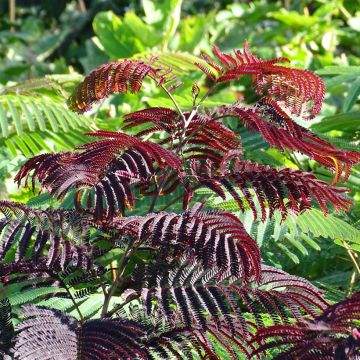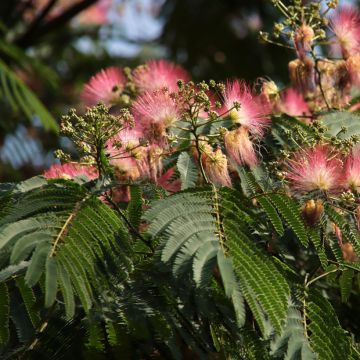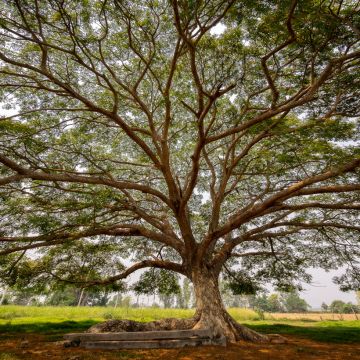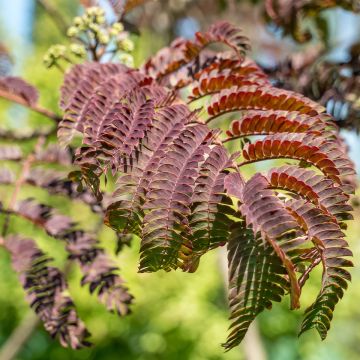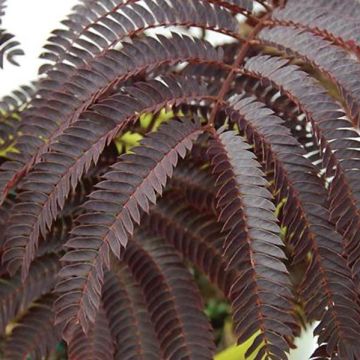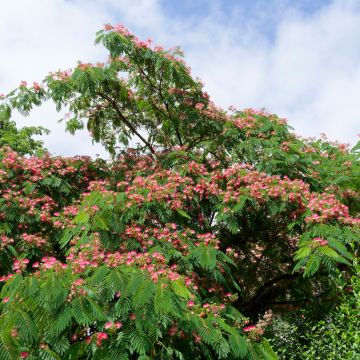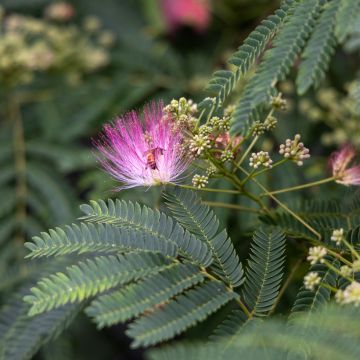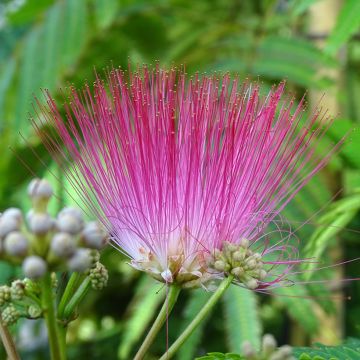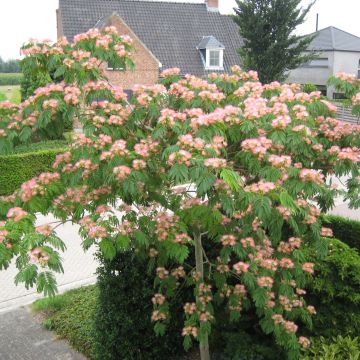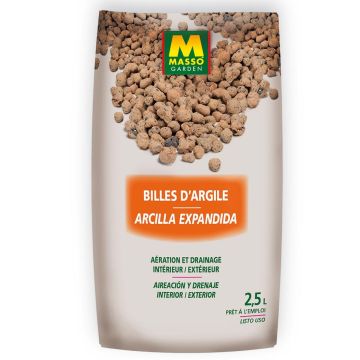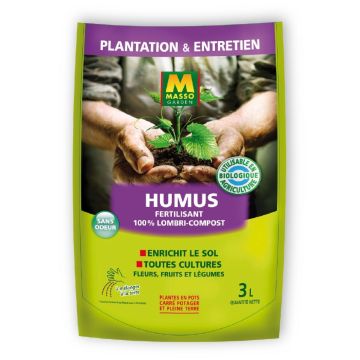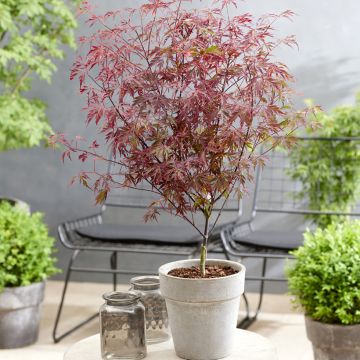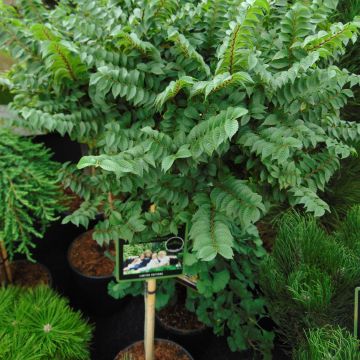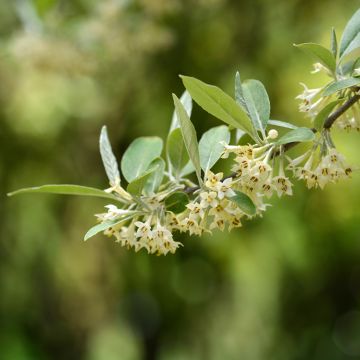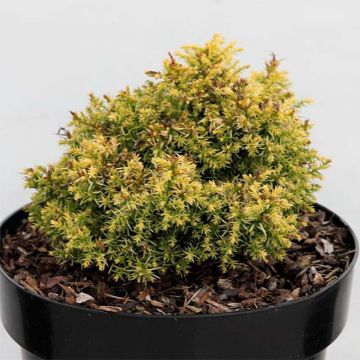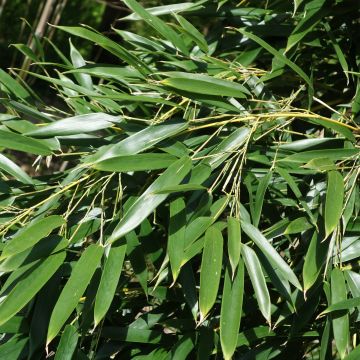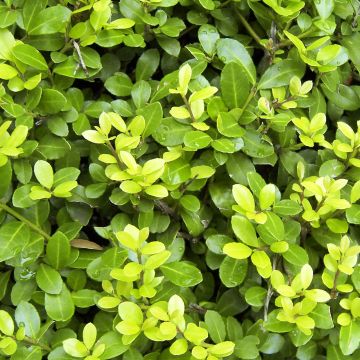

Albizia lebbeck - Lebbeck tree
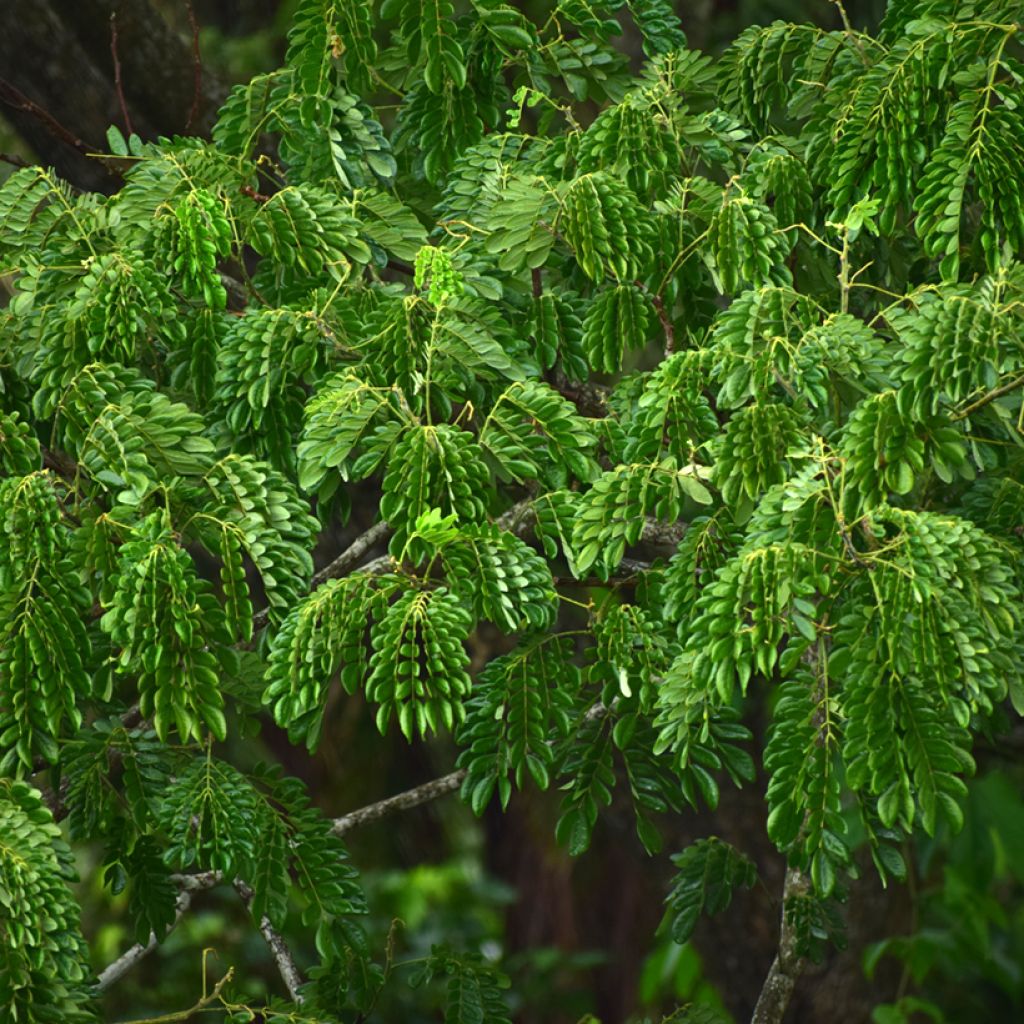

Albizia lebbeck - Lebbeck tree
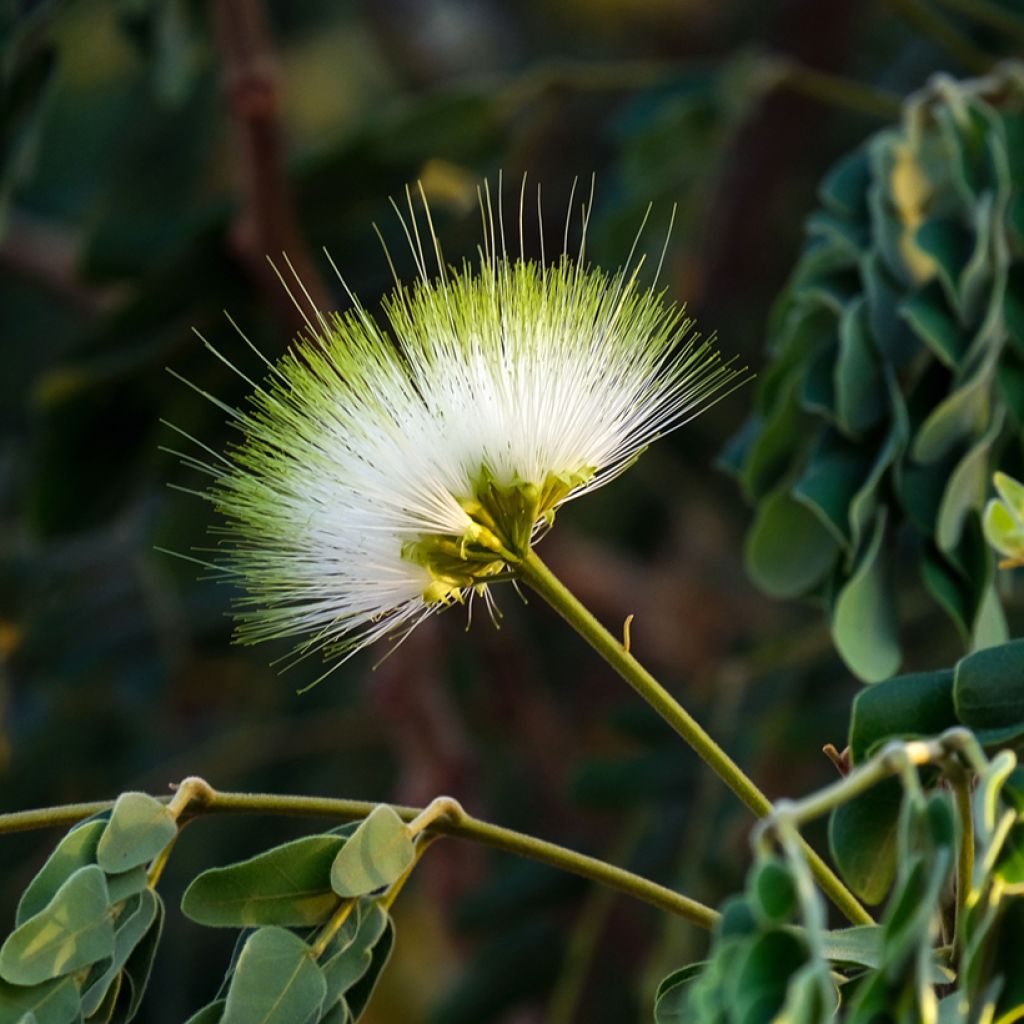

Albizia lebbeck - Lebbeck tree
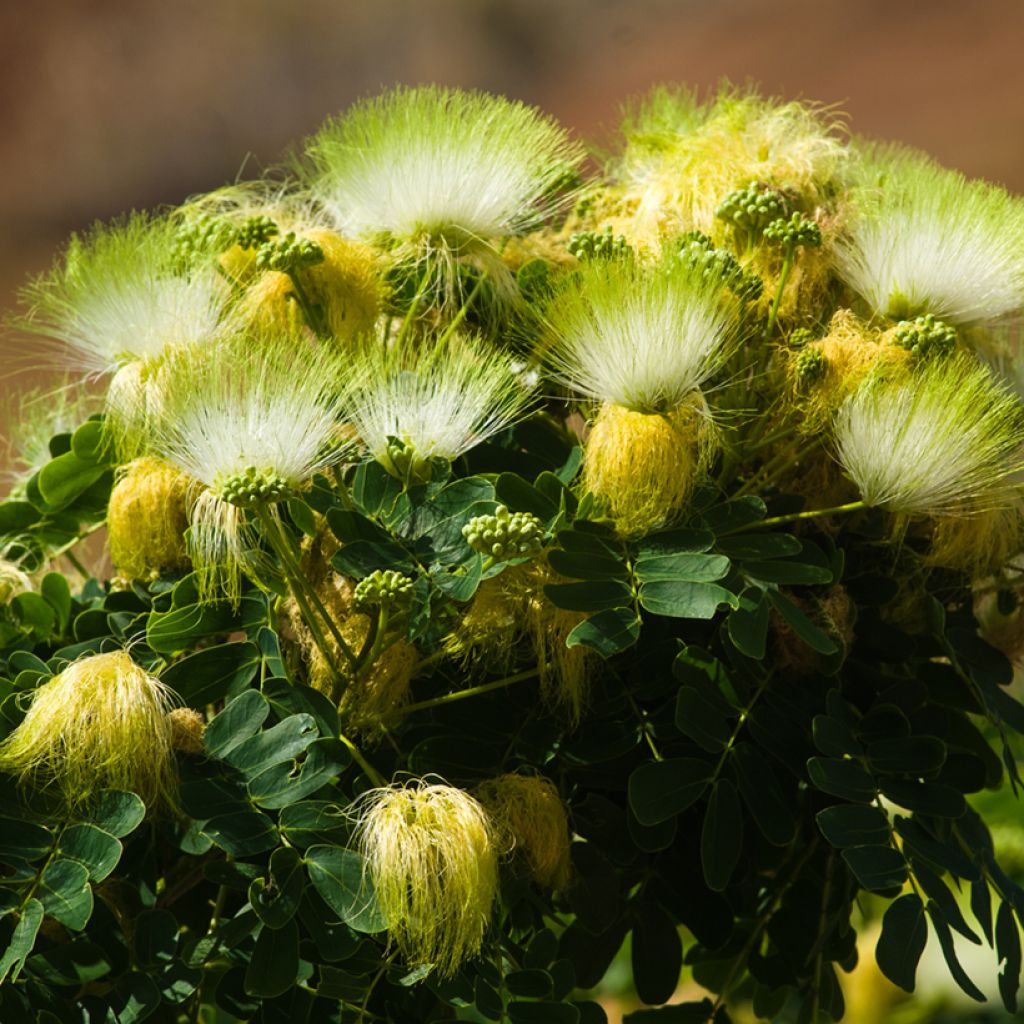

Albizia lebbeck - Lebbeck tree
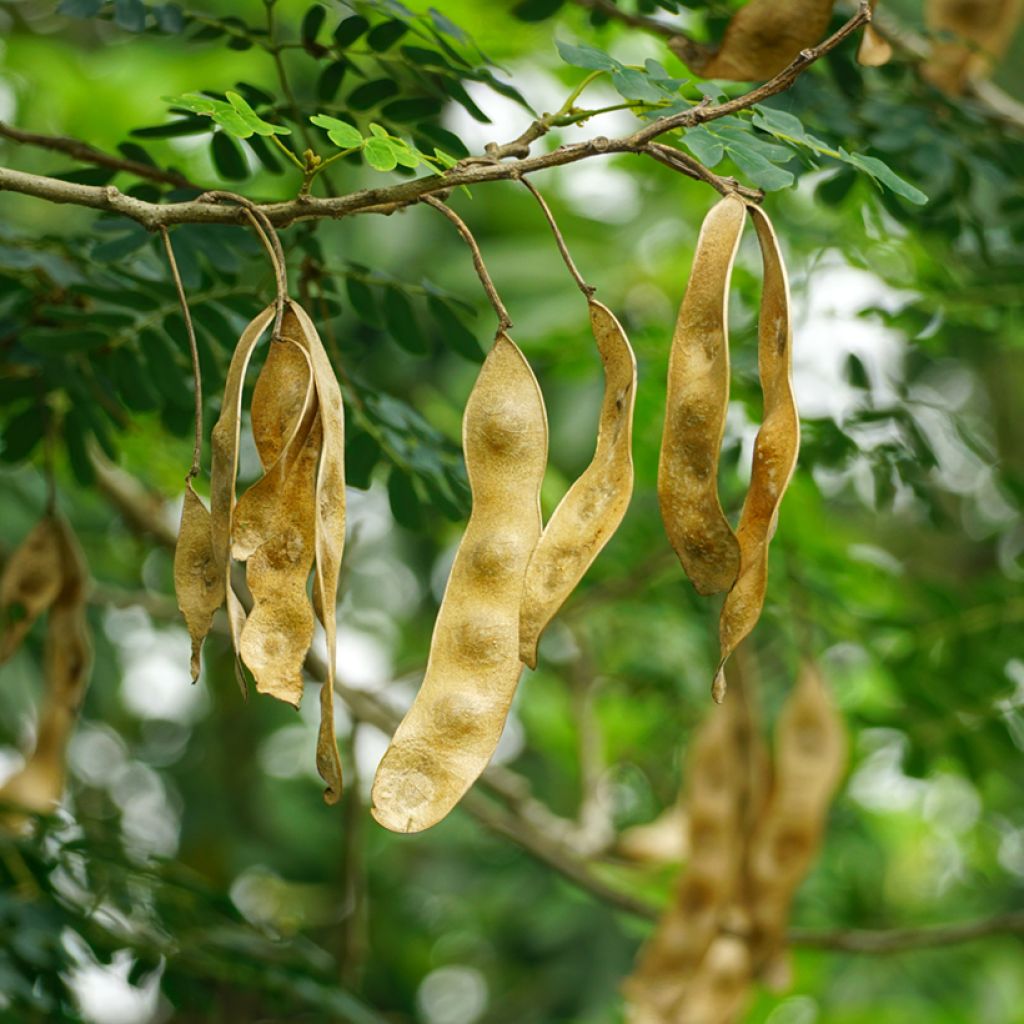

Albizia lebbeck - Lebbeck tree


Albizia lebbeck - Lebbeck tree
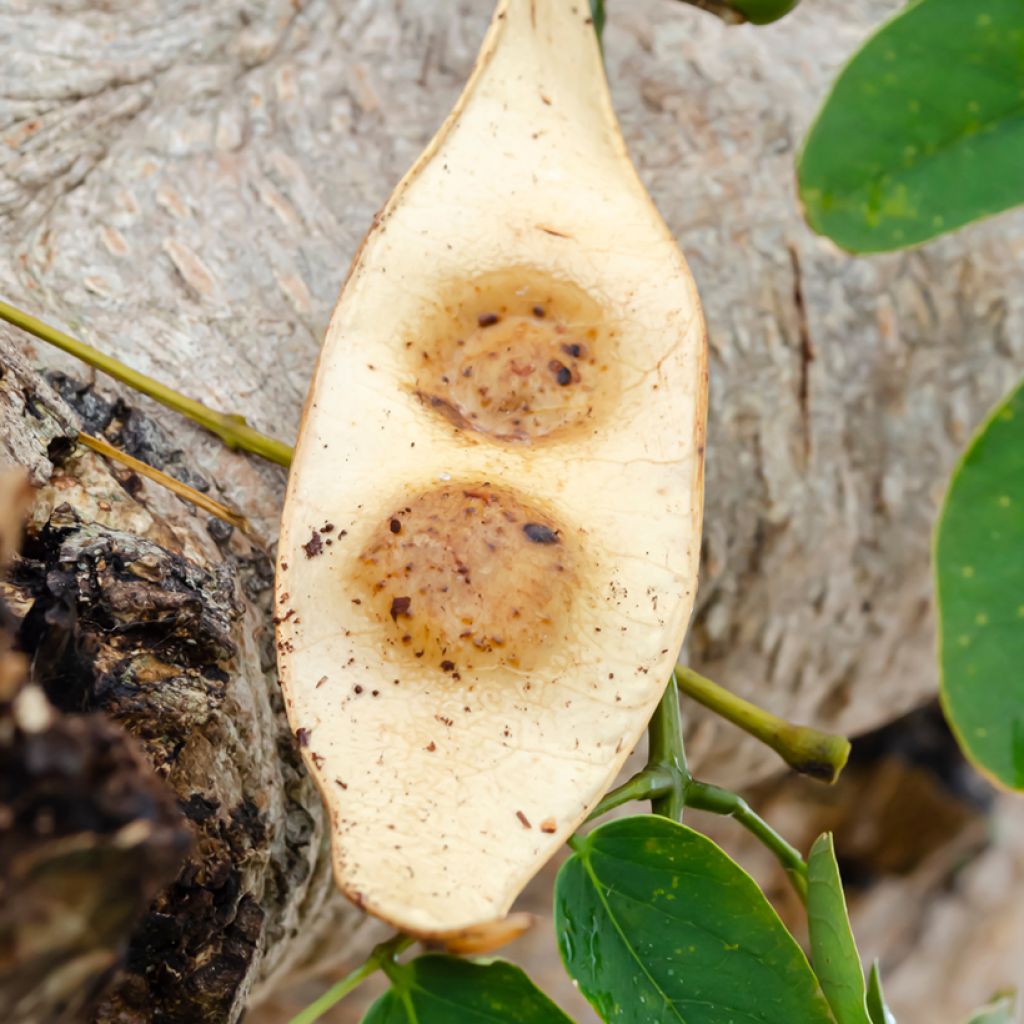

Albizia lebbeck - Lebbeck tree
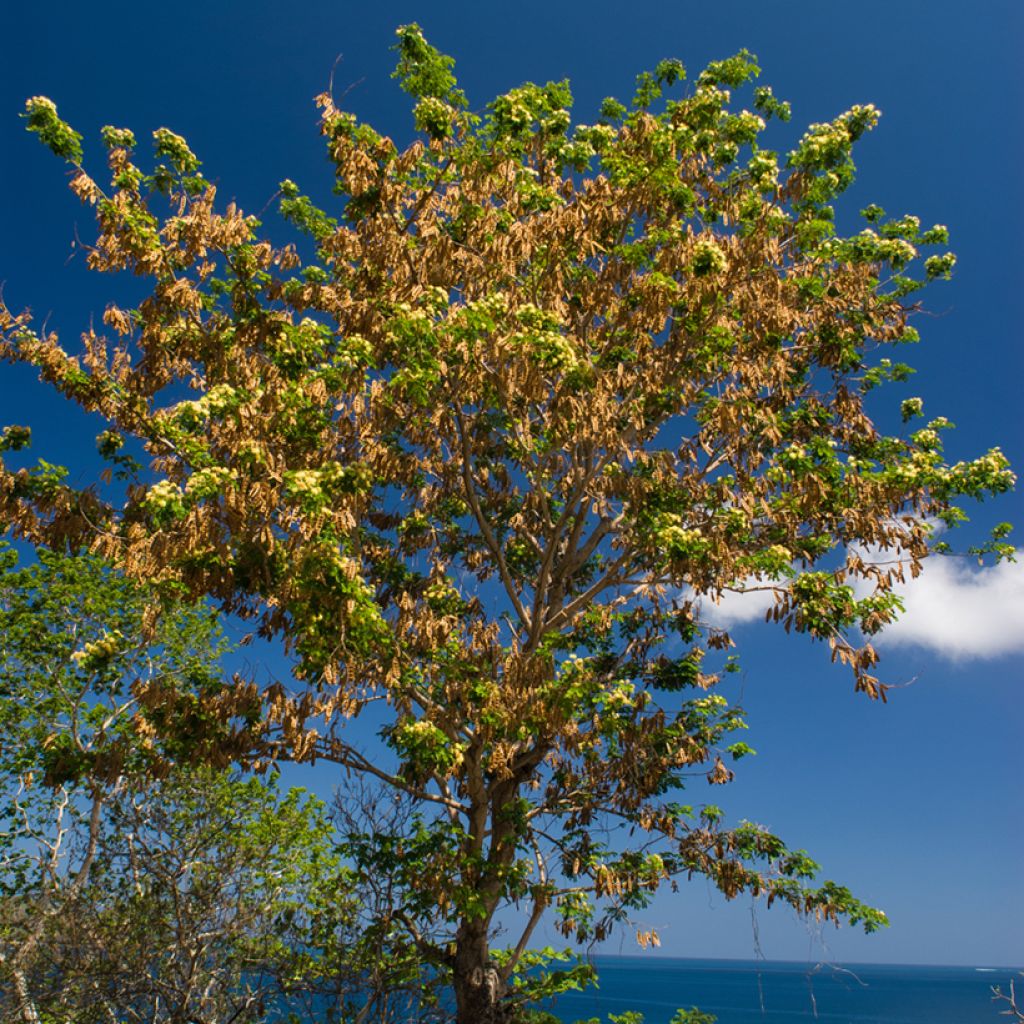

Albizia lebbeck - Lebbeck tree
Albizia lebbeck - Lebbeck tree
Albizzia lebbeck
Lebbeck tree
Special offer!
Receive a €20 voucher for any order over €90 (excluding delivery costs, credit notes, and plastic-free options)!
1- Add your favorite plants to your cart.
2- Once you have reached €90, confirm your order (you can even choose the delivery date!).
3- As soon as your order is shipped, you will receive an email containing your voucher code, valid for 3 months (90 days).
Your voucher is unique and can only be used once, for any order with a minimum value of €20, excluding delivery costs.
Can be combined with other current offers, non-divisible and non-refundable.
Why not try an alternative variety in stock?
View all →This plant carries a 24 months recovery warranty
More information
We guarantee the quality of our plants for a full growing cycle, and will replace at our expense any plant that fails to recover under normal climatic and planting conditions.
Would this plant suit my garden?
Set up your Plantfit profile →
Description
Albizia lebbeck, also known as the Black Siris, is a tropical tree belonging to the Fabaceae family, closely related to Albizia julibrissin. Native to warm regions of Asia and Africa, it is well-suited to tropical and subtropical climates with a dry season but struggles in cold conditions. This fast-growing, elegant, and exotic tree captivates with its habit, finely divided foliage, and beautiful fragrant cream-yellow flowers. In Mediterranean climates, it can be used as a shade tree in gardens or to enhance green spaces.
Albizia lebbeck originates from tropical Asia, with its natural range extending from the Indian subcontinent to Southeast Asia. It is also found in Africa, where it was introduced, as well as in Central America and the Caribbean. In its natural habitat, it often grows in plains and savannah areas, thriving in well-drained or even dry soil. This species plays an important ecological role as a nitrogen fixer in its native lands. Albizia lebbeck is a fast-growing deciduous tree, typically reaching between 15 and 20 metres in height, and up to 30 metres under optimal conditions. Its habit is broad and spreading, with a rounded crown that can extend up to 15 or 20 metres in diameter. Its grey to brown bark is often fissured on older specimens, while young stems have a smooth texture. The foliage consists of bipinnate compound leaves with 2 to 4 pairs of pinnae, each divided into 6 to 18 oblong leaflets measuring 1.5 to 6.5 cm in length. Their colour ranges from light to dark green. The leaflets fold up in the evening. In autumn or during the dry season, depending on the climate, the leaves fall, leaving the tree bare until new growth resumes.
Flowering occurs in spring and summer, between May and August in Europe, earlier in Mediterranean regions. It takes the form of globular inflorescences, spherical clusters measuring 5 to 9 cm in diameter, located at the ends of axes or in the axils of leaves. Each cluster consists of 15 to 40 small hermaphroditic flowers. The highly fragrant flowers are white to cream-yellow, sometimes with pale yellow or greenish tones. They feature numerous prominent stamens, measuring between 2.5 and 3.8 cm in length, giving them a fluffy or pom-pom-like appearance. These stamens are usually white or cream, may have pale green tips and tend to yellow over time. The flowers are nectar-rich, attracting numerous pollinators. The fruits are flat, elongated, 15 to 30 cm long pods, which remain on the tree even after the leaves have fallen. The seeds they contain are used in some countries for their medicinal properties. Its durable, lightweight wood is widely used for furniture-making, carpentry, and even paper pulp.
The Black Siris is valued for its versatility in favourable climates. In dry gardens, it is ideal for creating shade. It can also serve as a windbreak in exposed areas. Ecologically, it enriches the soil by fixing nitrogen, promoting the growth of surrounding plants. This tree fits perfectly into exotic or Mediterranean settings. It can be used in a woodland composition to create a canopy effect. Plant it alongside Jacaranda mimosifolia, Delonix regia, Bauhinia acuminata, and Caesalpinia pulcherrima, for example—plants that perfectly complement this tropical palette.
The common name "Black Siris" given to Albizia lebbeck stems from its introduction to Réunion in 1767 to shade coffee plantations. In this region, the tree is called "bois noir des bas" (Black Siris) to distinguish it from the "bois noir des hauts" (Diospyros borbonica), an endemic species of the island found in humid forests at low to mid-altitudes. In reality, the wood of this tree is light to brownish, with a fine texture and moderate density.
Report an error about the product description
Albizia lebbeck - Lebbeck tree in pictures






Plant habit
Flowering
Foliage
Botanical data
Albizzia
lebbeck
Fabaceae
Lebbeck tree
Acacia lebbek, Mimosa lebbeck, Mimosa sirissa
Cultivar or hybrid
Other Albizia
View all →Planting and care
To cultivate Albizia lebbeck, it is essential to choose a location in full sun, as this tree is sun-loving and thrives in direct exposure. It adapts to a wide range of soils, including clay-sandy and sandy soils, but good drainage is crucial to avoid excess moisture, which it cannot tolerate. Albizia lebbeck can also grow in slightly alkaline soils.
Albizia lebbeck is sensitive to low temperatures. Only plant it in the ground in regions where winter temperatures do not drop below -5°C. Young plants cannot withstand frost, so they should be overwintered in pots in a frost-free location. In colder areas, container cultivation is an option, allowing the tree to be brought indoors during winter. However, the significant growth of this tree, including its root system, makes it poorly suited for long-term pot cultivation.
When planting, it is advisable to dig a hole approximately 60 centimetres in diameter and depth. If the soil is poor, adding humus can improve fertility. After planting, staking for the first two years will help the young tree stabilise. Mulching around the base will help retain moisture and protect the roots from cold. Light pruning in early spring will encourage a balanced habit and abundant flowering.
Planting period
Intended location
Care
This item has not been reviewed yet - be the first to leave a review about it.
Similar products
Haven't found what you were looking for?
Hardiness is the lowest winter temperature a plant can endure without suffering serious damage or even dying. However, hardiness is affected by location (a sheltered area, such as a patio), protection (winter cover) and soil type (hardiness is improved by well-drained soil).

Photo Sharing Terms & Conditions
In order to encourage gardeners to interact and share their experiences, Promesse de fleurs offers various media enabling content to be uploaded onto its Site - in particular via the ‘Photo sharing’ module.
The User agrees to refrain from:
- Posting any content that is illegal, prejudicial, insulting, racist, inciteful to hatred, revisionist, contrary to public decency, that infringes on privacy or on the privacy rights of third parties, in particular the publicity rights of persons and goods, intellectual property rights, or the right to privacy.
- Submitting content on behalf of a third party;
- Impersonate the identity of a third party and/or publish any personal information about a third party;
In general, the User undertakes to refrain from any unethical behaviour.
All Content (in particular text, comments, files, images, photos, videos, creative works, etc.), which may be subject to property or intellectual property rights, image or other private rights, shall remain the property of the User, subject to the limited rights granted by the terms of the licence granted by Promesse de fleurs as stated below. Users are at liberty to publish or not to publish such Content on the Site, notably via the ‘Photo Sharing’ facility, and accept that this Content shall be made public and freely accessible, notably on the Internet.
Users further acknowledge, undertake to have ,and guarantee that they hold all necessary rights and permissions to publish such material on the Site, in particular with regard to the legislation in force pertaining to any privacy, property, intellectual property, image, or contractual rights, or rights of any other nature. By publishing such Content on the Site, Users acknowledge accepting full liability as publishers of the Content within the meaning of the law, and grant Promesse de fleurs, free of charge, an inclusive, worldwide licence for the said Content for the entire duration of its publication, including all reproduction, representation, up/downloading, displaying, performing, transmission, and storage rights.
Users also grant permission for their name to be linked to the Content and accept that this link may not always be made available.
By engaging in posting material, Users consent to their Content becoming automatically accessible on the Internet, in particular on other sites and/or blogs and/or web pages of the Promesse de fleurs site, including in particular social pages and the Promesse de fleurs catalogue.
Users may secure the removal of entrusted content free of charge by issuing a simple request via our contact form.
The flowering period indicated on our website applies to countries and regions located in USDA zone 8 (France, the United Kingdom, Ireland, the Netherlands, etc.)
It will vary according to where you live:
- In zones 9 to 10 (Italy, Spain, Greece, etc.), flowering will occur about 2 to 4 weeks earlier.
- In zones 6 to 7 (Germany, Poland, Slovenia, and lower mountainous regions), flowering will be delayed by 2 to 3 weeks.
- In zone 5 (Central Europe, Scandinavia), blooming will be delayed by 3 to 5 weeks.
In temperate climates, pruning of spring-flowering shrubs (forsythia, spireas, etc.) should be done just after flowering.
Pruning of summer-flowering shrubs (Indian Lilac, Perovskia, etc.) can be done in winter or spring.
In cold regions as well as with frost-sensitive plants, avoid pruning too early when severe frosts may still occur.
The planting period indicated on our website applies to countries and regions located in USDA zone 8 (France, United Kingdom, Ireland, Netherlands).
It will vary according to where you live:
- In Mediterranean zones (Marseille, Madrid, Milan, etc.), autumn and winter are the best planting periods.
- In continental zones (Strasbourg, Munich, Vienna, etc.), delay planting by 2 to 3 weeks in spring and bring it forward by 2 to 4 weeks in autumn.
- In mountainous regions (the Alps, Pyrenees, Carpathians, etc.), it is best to plant in late spring (May-June) or late summer (August-September).
The harvesting period indicated on our website applies to countries and regions in USDA zone 8 (France, England, Ireland, the Netherlands).
In colder areas (Scandinavia, Poland, Austria...) fruit and vegetable harvests are likely to be delayed by 3-4 weeks.
In warmer areas (Italy, Spain, Greece, etc.), harvesting will probably take place earlier, depending on weather conditions.
The sowing periods indicated on our website apply to countries and regions within USDA Zone 8 (France, UK, Ireland, Netherlands).
In colder areas (Scandinavia, Poland, Austria...), delay any outdoor sowing by 3-4 weeks, or sow under glass.
In warmer climes (Italy, Spain, Greece, etc.), bring outdoor sowing forward by a few weeks.






























